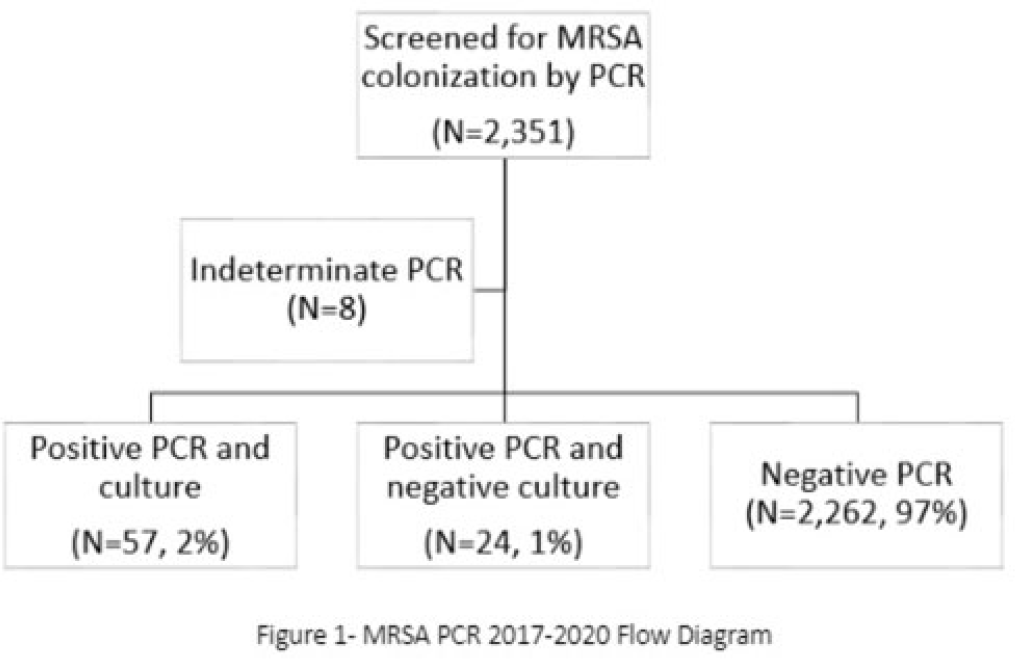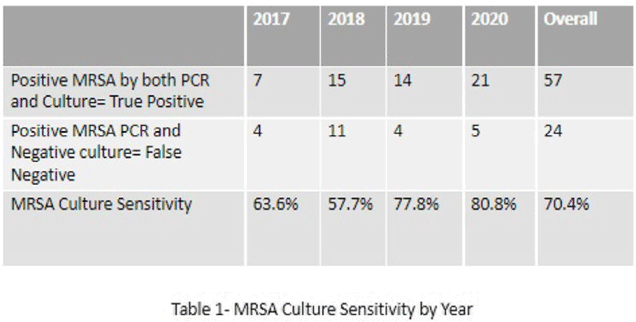61 results
Cambrian trilobites and associated fossils from the Uinta Mountains of Utah (USA)
-
- Journal:
- Journal of Paleontology , First View
- Published online by Cambridge University Press:
- 25 January 2024, pp. 1-8
-
- Article
- Export citation
MRSA PCR improves sensitivity of detection of colonization in neonates
-
- Journal:
- Antimicrobial Stewardship & Healthcare Epidemiology / Volume 3 / Issue S2 / June 2023
- Published online by Cambridge University Press:
- 29 September 2023, pp. s58-s59
-
- Article
-
- You have access
- Open access
- Export citation
7 - The Ethical Status of an AI
-
-
- Book:
- Integrative Bioinformatics for Biomedical Big Data
- Published online:
- 14 September 2023
- Print publication:
- 28 September 2023, pp 135-146
-
- Chapter
- Export citation
9 - Carving Nature at the Joints: Which Joints?
-
-
- Book:
- Integrative Bioinformatics for Biomedical Big Data
- Published online:
- 14 September 2023
- Print publication:
- 28 September 2023, pp 156-166
-
- Chapter
- Export citation
The alarms should no longer be ignored: survey of the demand, capacity and provision of adult community eating disorder services in England and Scotland before COVID-19
-
- Journal:
- BJPsych Bulletin , FirstView
- Published online by Cambridge University Press:
- 01 August 2023, pp. 1-9
-
- Article
-
- You have access
- Open access
- HTML
- Export citation
Brownian bridge expansions for Lévy area approximations and particular values of the Riemann zeta function
- Part of
-
- Journal:
- Combinatorics, Probability and Computing / Volume 32 / Issue 3 / May 2023
- Published online by Cambridge University Press:
- 03 November 2022, pp. 370-397
-
- Article
-
- You have access
- Open access
- HTML
- Export citation
Cardiac responses in paediatric Pompe disease in the ADVANCE patient cohort
- Part of
-
- Journal:
- Cardiology in the Young / Volume 32 / Issue 3 / March 2022
- Published online by Cambridge University Press:
- 23 August 2021, pp. 364-373
-
- Article
-
- You have access
- Open access
- HTML
- Export citation
Understanding increasing rates of psychiatric hospital detentions in England: development and preliminary testing of an explanatory model
-
- Journal:
- BJPsych Open / Volume 6 / Issue 5 / September 2020
- Published online by Cambridge University Press:
- 14 August 2020, e88
-
- Article
-
- You have access
- Open access
- HTML
- Export citation
Higher Education Institutions Respond to Epidemics
-
- Journal:
- History of Education Quarterly / Volume 60 / Issue 2 / May 2020
- Published online by Cambridge University Press:
- 14 July 2020, pp. 185-201
- Print publication:
- May 2020
-
- Article
-
- You have access
- HTML
- Export citation
Development of a model to predict soybean yield loss from dicamba exposure
-
- Journal:
- Weed Technology / Volume 33 / Issue 2 / April 2019
- Published online by Cambridge University Press:
- 25 March 2019, pp. 287-295
-
- Article
- Export citation
The Breakthrough Listen search for intelligent life: Wide-bandwidth digital instrumentation for the CSIRO Parkes 64-m telescope
-
- Journal:
- Publications of the Astronomical Society of Australia / Volume 35 / 2018
- Published online by Cambridge University Press:
- 28 November 2018, e041
-
- Article
-
- You have access
- HTML
- Export citation
Injury Criteria Associated with Soybean Exposure to Dicamba – CORRIGENDUM
-
- Journal:
- Weed Technology / Volume 32 / Issue 5 / October 2018
- Published online by Cambridge University Press:
- 26 September 2018, pp. 656-657
-
- Article
-
- You have access
- HTML
- Export citation
Strategies for accelerating the adoption of materials informatics
-
- Journal:
- MRS Bulletin / Volume 43 / Issue 9 / September 2018
- Published online by Cambridge University Press:
- 10 September 2018, pp. 683-689
- Print publication:
- September 2018
-
- Article
- Export citation
Injury Criteria Associated with Soybean Exposure to Dicamba
-
- Journal:
- Weed Technology / Volume 32 / Issue 5 / October 2018
- Published online by Cambridge University Press:
- 30 July 2018, pp. 608-617
-
- Article
- Export citation
Putting an End to Bad Talent Management: A Call to Action for the Field of Industrial and Organizational Psychology
-
- Journal:
- Industrial and Organizational Psychology / Volume 11 / Issue 2 / June 2018
- Published online by Cambridge University Press:
- 19 June 2018, pp. 176-219
-
- Article
-
- You have access
- HTML
- Export citation
Assessment of the relative accuracy of hemispheric-scale snow-cover maps
-
- Journal:
- Annals of Glaciology / Volume 34 / 2002
- Published online by Cambridge University Press:
- 14 September 2017, pp. 24-30
-
- Article
-
- You have access
- HTML
- Export citation
Intercomparison of satellite-derived snow-cover maps
-
- Journal:
- Annals of Glaciology / Volume 31 / 2000
- Published online by Cambridge University Press:
- 14 September 2017, pp. 369-376
-
- Article
-
- You have access
- HTML
- Export citation
Safening of Native Grass to Herbicides by Using Carbon Bands
-
- Journal:
- Weed Technology / Volume 26 / Issue 3 / September 2012
- Published online by Cambridge University Press:
- 20 January 2017, pp. 499-505
-
- Article
- Export citation
Determination of snow-covered area in different land covers in central Alaska, U.S.A., from aircraft data — April 1995
-
- Journal:
- Annals of Glaciology / Volume 26 / 1998
- Published online by Cambridge University Press:
- 20 January 2017, pp. 149-155
-
- Article
-
- You have access
- HTML
- Export citation





